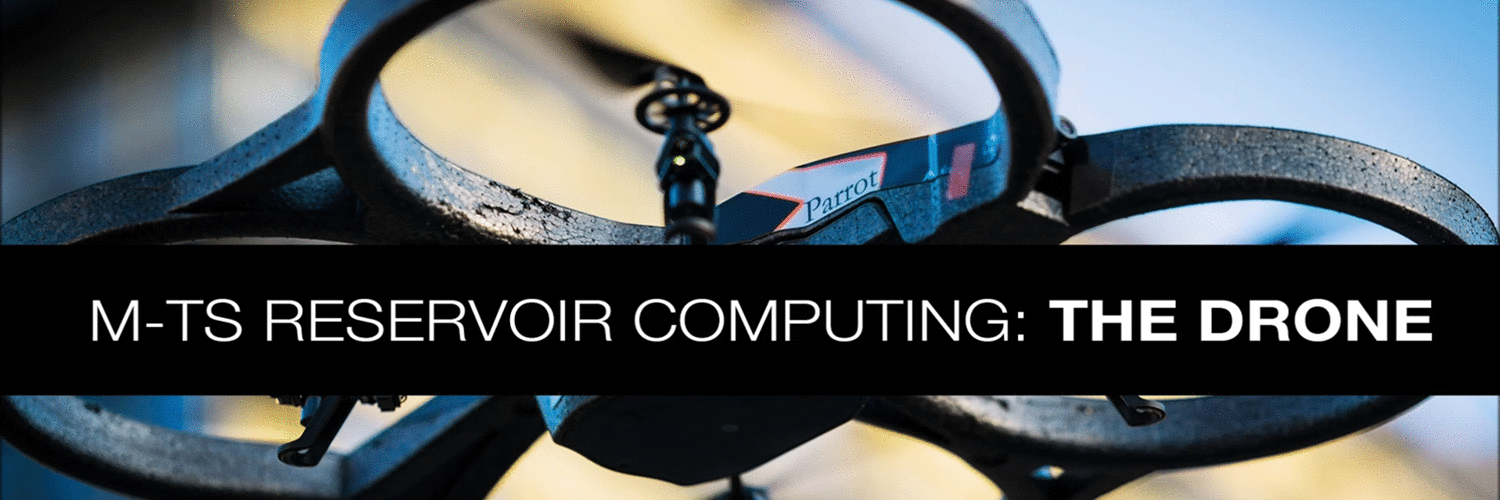Main content
Top content

What's new?
Katharina Lüth - ARTE saloon - Warum unsere Träume wichtig sind!Der Livetalk
Katharina Lüth on NDR Das! about the Sleep & Dream Initiative
Katharina Lüth on a TerraX documentary on Sleep and Dreams
Science Magazine article: Exploring dreams
Hackathon on Epidemiology jointly with the Robert Koch Institut
Article: Using Virtual Reality to Assess Ethical Decisions...
Article:Cortical Spike Synchrony as a Measure of Input Familiarity
News: "The Economic Times"
News: "Wall Street Journal"
News: "Neue Zürcher Zeitung"
Neuroinformatics
Neuroinformatics investigates how cognitive functions are implemented in the brain. It uses models or simulations of complex systems composed of millions of neurons, such as the human brain or neuro-inspired artificial systems, compact statistical descriptions, or purely mathematical analyses of such systems, in order
to unravel the information processing principles they rely upon.
Neuroinformatics also develops new neuro-inspired technologies with the potential to revolutionize coming generations of computing devices, thereby providing the link between academic research and technology.
Neuroinformatics relies on simulations and mathematical analyses of complex dynamical systems and on probabilistic approaches, machine learning and data science methods that model cognitive and neuronal processes at several levels of abstraction. By combining these methods with the use and development of cutting-edge tools, the field of neuroinformatics advances technologies used in cognitive science to record, monitor, and stimulate the brain in order to gain conceptual insights into cognitive functions, including technologies such as virtual reality, mobile and IoT devices for the recording of eye movements, and EEG.
Neuroinformatics provides fantastic opportunities for research and an industrial career. Its use of machine learning, data science, and big data approaches, combined with the development of new neuro-inspired computing devices, makes neuroinformatics indispensable for any company working with data, including, e.g., Google, IBM, and Microsoft.
This are are main guiding research questions:
How do neurons learn?
We investigate how the brain can self-organize, adapt to new tasks, and compensate damage in neuronal systems. To this end, we use mathematical and simulation-based analyses of larger populations of neurons and define principles of how neurons can optimize information processing induced by neuronal plasticity.
Can we build an artificial brain?
We study and develop models for neuro-inspired computing devices composed of silicon neurons or even built by optical laser elements. The size and complexity of these artificial brains will equal the size of the human brain already in the coming years. We investigate how such systems can be used for computation and made adaptive in order to learn cognitive processes and behavior in a brain-like way. To this end, we implement cutting-edge machine learning principles, such as deep learning or reservoir computing, based on neuro-inspired artificial systems.
Can we read brain activity?
The brain processes information and produces electrical signals. We develop tools and technologies to read these signals and to decode the information they contain. This information is then used in brain-computer-interfaces that allow us to control cognitive processes and also enable us to identify critical states that can be
used as early markers of diseased neuronal activity.


